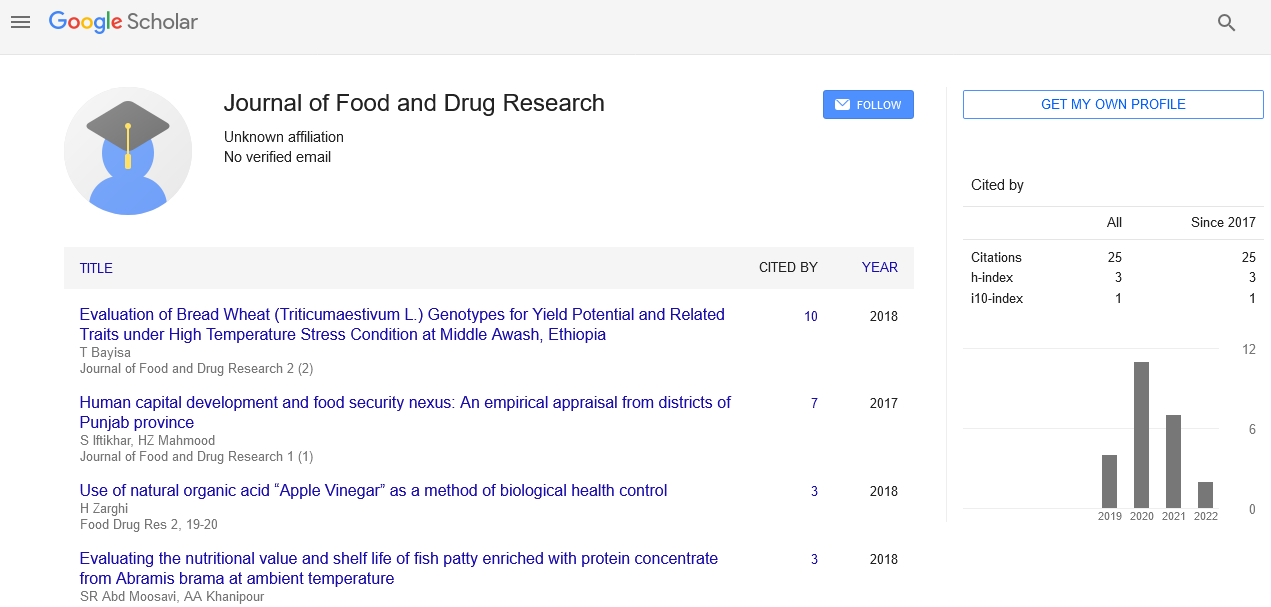
Sign up for email alert when new content gets added: Sign up
Abstract
Capsaicinoids and Vitamin Ci Habanero Chili (Capsicum Chinense) Cultivated in Different Types of Soils from Yucatan Mexico
Author(s): RodrÃÂÂÂguez B Ingrid, López D Cindy, Morozova Ksenia, S Matteo and RamÃÂÂÂrez-Sucre ManuelHabanero pepper (Capsicum chinense)is the main horticultural and commercial speciein the Yucatan Peninsula in Mexico. It is a symbol of pungency withcharacteristics of commercial interest due to its high contents of capsaicinoids thatare believed to vary in conditions of hydric stress.The Capsicum chinense plantsgrown in the Yucatan Peninsula obtainedtheappellation of origin based on their unique characteristics due to the particularities of the soils in which they are cultivated. Three main types of soil are used for its cultivation:K’áankablu’um, Box lu’um or Ch’ich ‘lu’um (red, black and brown soils, respectively).The interaction of the soil with the plant affects the development of the fruit, since the amount of nutrients, water and salinity have significant effects on the quantity and size of fruit, andin the content of some secondary metabolites. The objective of the present work was to determine the content of capsaicinoids and vitamin C in habanero pepper grown in different types of soils and to evaluate itsrelationship with the ripenessof the pepper. There were significant differences in both, the content of capsaicinoids and vitamin C due to different types of soil and the ripeness of the pepper, the highest content of capsaicinoids were obtained with the orange ripe pepper and red soil.The highest amount of vitamin Cwas found in the red soil in the orange ripe pepper and in those of incomplete ripeness without significant differences between them. The green pepper presented the lowest vitamin C content.





